On this Independence Day, here are 10 rare photos that capture unseen glimpses of India's struggle for freedom. These pictures are an ode to them, and to the events that shaped the Indian Freedom Movement.
A stalwart who stood by Mahatma Gandhi during his efforts to free India from the British, Kasturba Gandhi’s contribution often goes unrecognised. As historian Vinay Lal writes, “Kasturba never acceded to her husband’s wishes easily, and Gandhi’s autobiography itself furnishes a remarkable testimony to her tenacity and independence of judgement, and the sharp disagreements she came to have with him when, in the first two decades of their marriage, he unreasonably sought to bring her under his control.”

As the struggle for freedom was intensifying, protests were seen erupting all over the country. Foreign imports began increasing into the nation, there was a threat to the domestic sale of goods, especially cloth. Indians began opposing the sale of imported cloth and relying on handmade khadi and national fabrics. This picture was taken during one such protest in September 1930.
(In Picture: Freedom Fighter Lies In Front of a Cartload of Imported British Cloths Being Taken to be Sold In Bombay)
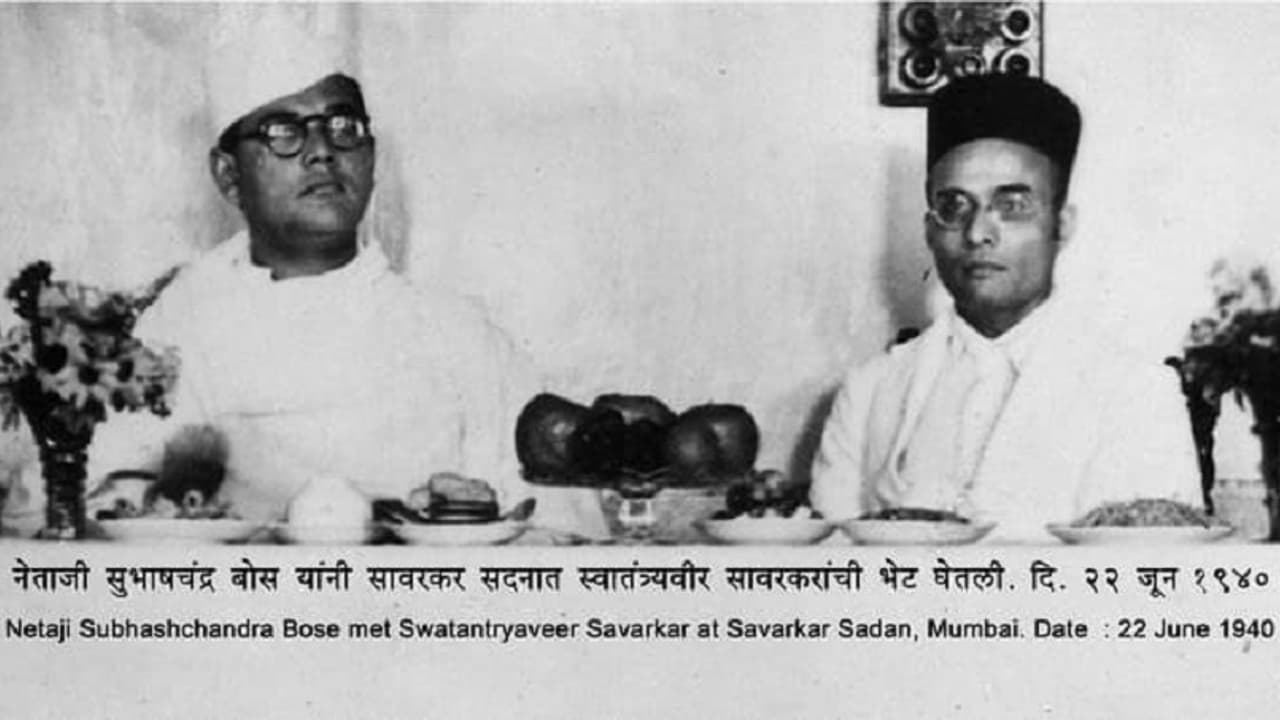
Netaji Subhash Chandra Bose was elected as the President of the Haripura Congress Session in 1938. That year, the Indian National Congress met at Haripura from February 19 to 22 and 51 bullock chariots had been decorated for this occasion.
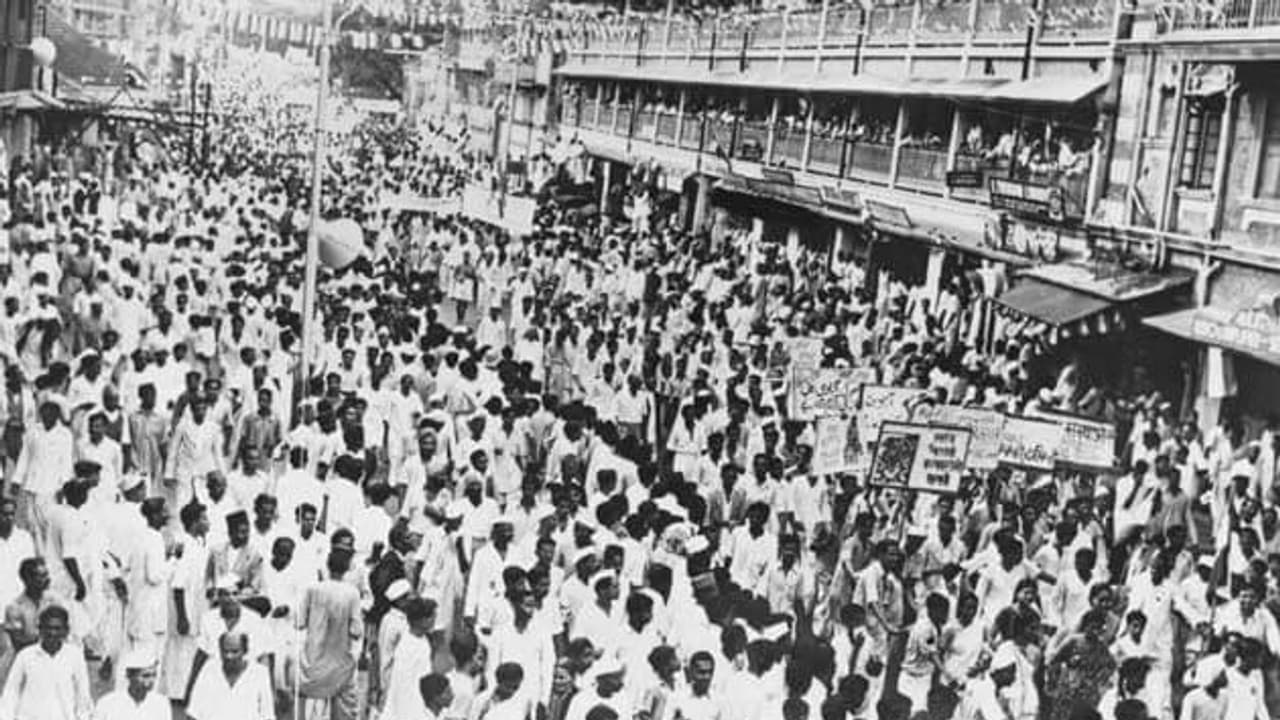
The Civil Disobedience Movement was a major nonviolent protest campaign in India led by Mahatma Gandhi against British rule. It began on March 12, 1930, with the Salt March, when Gandhi and his followers marched to the coast of Gujarat to make salt in defiance of the British monopoly on salt production. People Refused to Pay Chowkidari Tax.
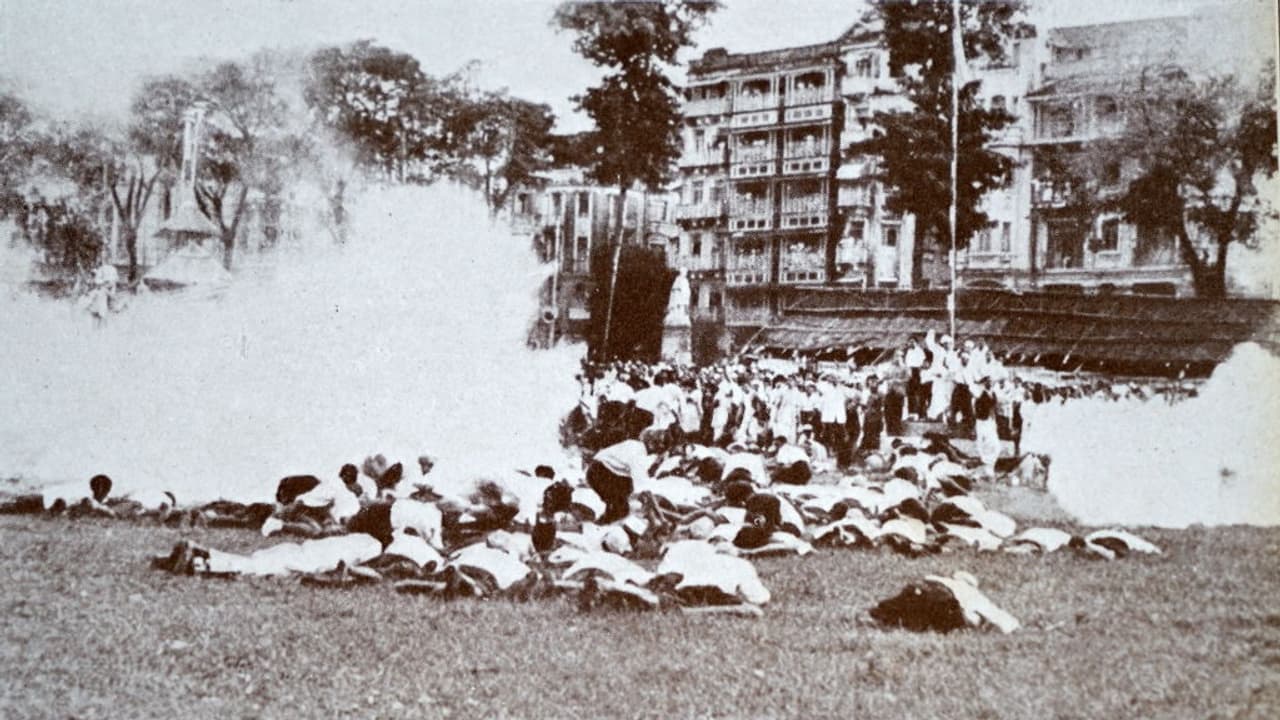
On 8 August 1942, the country saw masses of people march into the streets shouting out slogans, all with one message loud and clear: Quit India. The message was directed at the British rulers who had established their reign in India and were refusing to budge.
(In Picture: Mahatma Gandhi was driven to Gowalia Tank Maidan, Mumbai where he called upon his countrymen to launch the Quit India Movement. The police later used tear gas to disperse the large crowd which had gathered at Gowalia.)
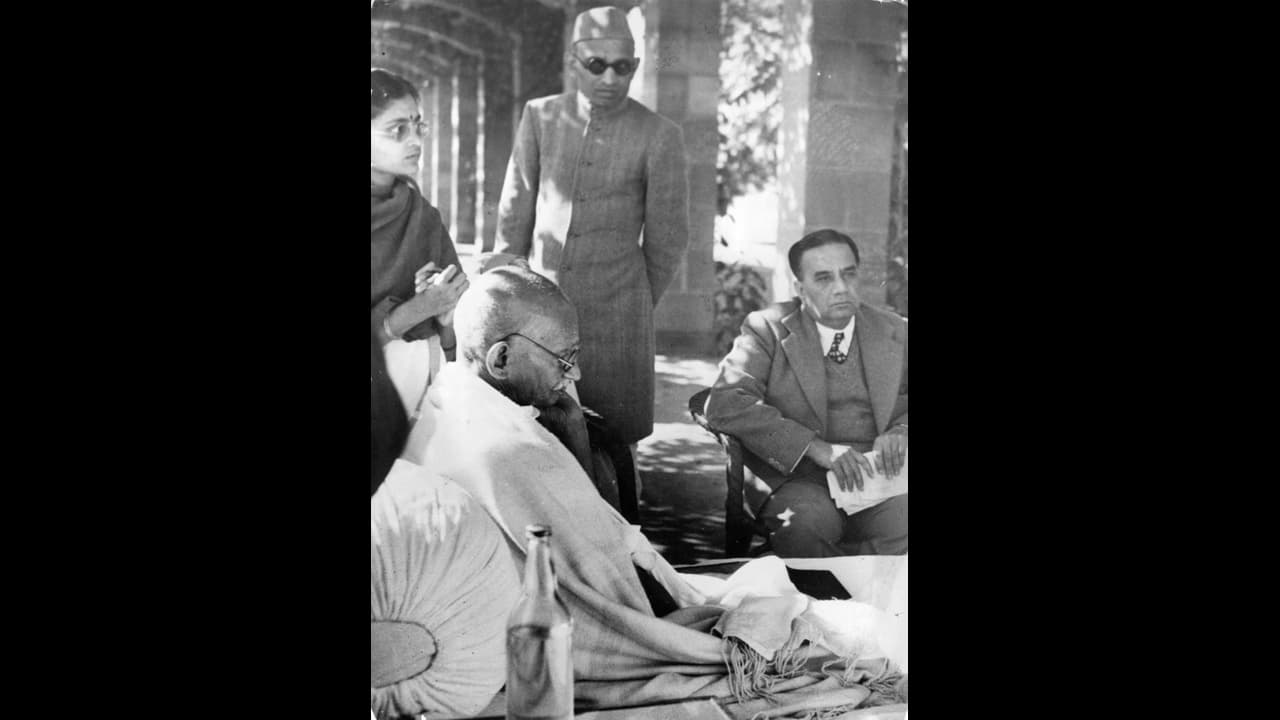
It is said that Mahatma Gandhi undertook a total of 18 fasts during the freedom movement, with his longest being 21 days. Fasts were not an uncommon sight in those days. They were seen as a non-violent form of protest against the happenings.
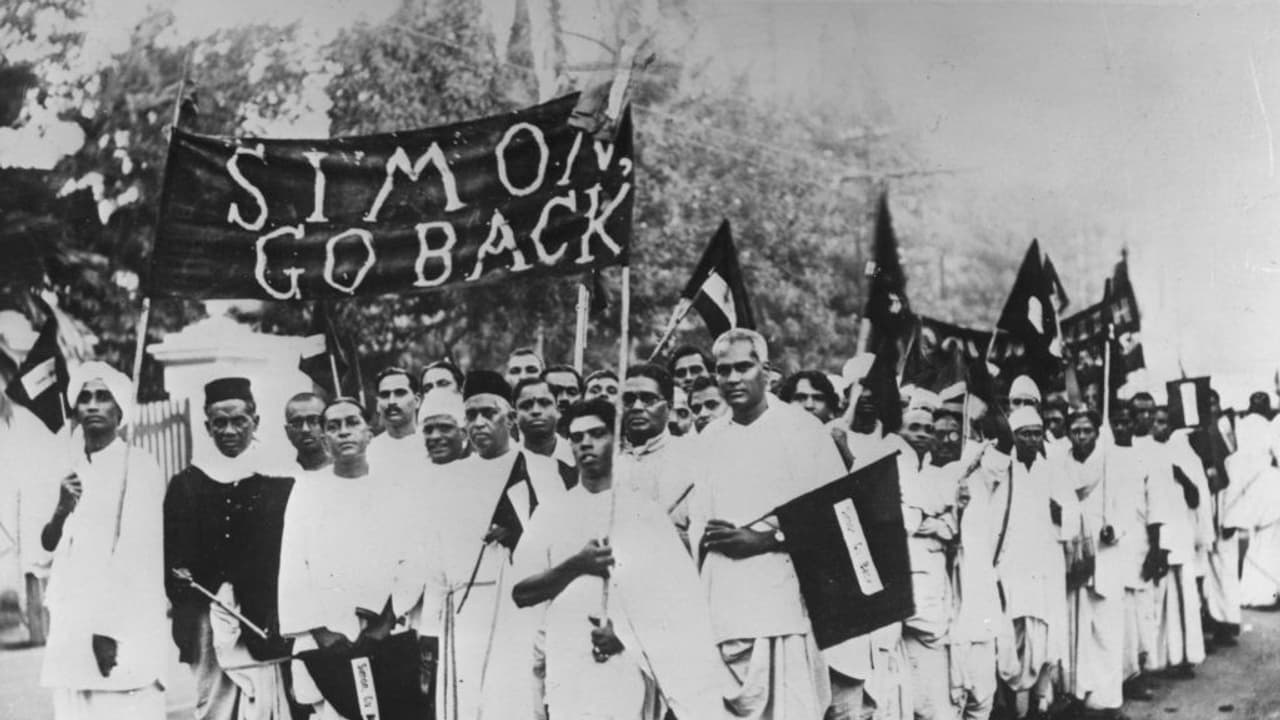
A commission was appointed under the chairmanship of Sir John Simon in 1927 to see to the reforms that were happening in India. The Indians felt this was an insult to their leadership. When the commission arrived in India on 3 February 1928, under the leadership of Gandhi, Indians revolted and asked the commission to turn back.
Their clarion call went down in history: ‘Simon Go Back’.
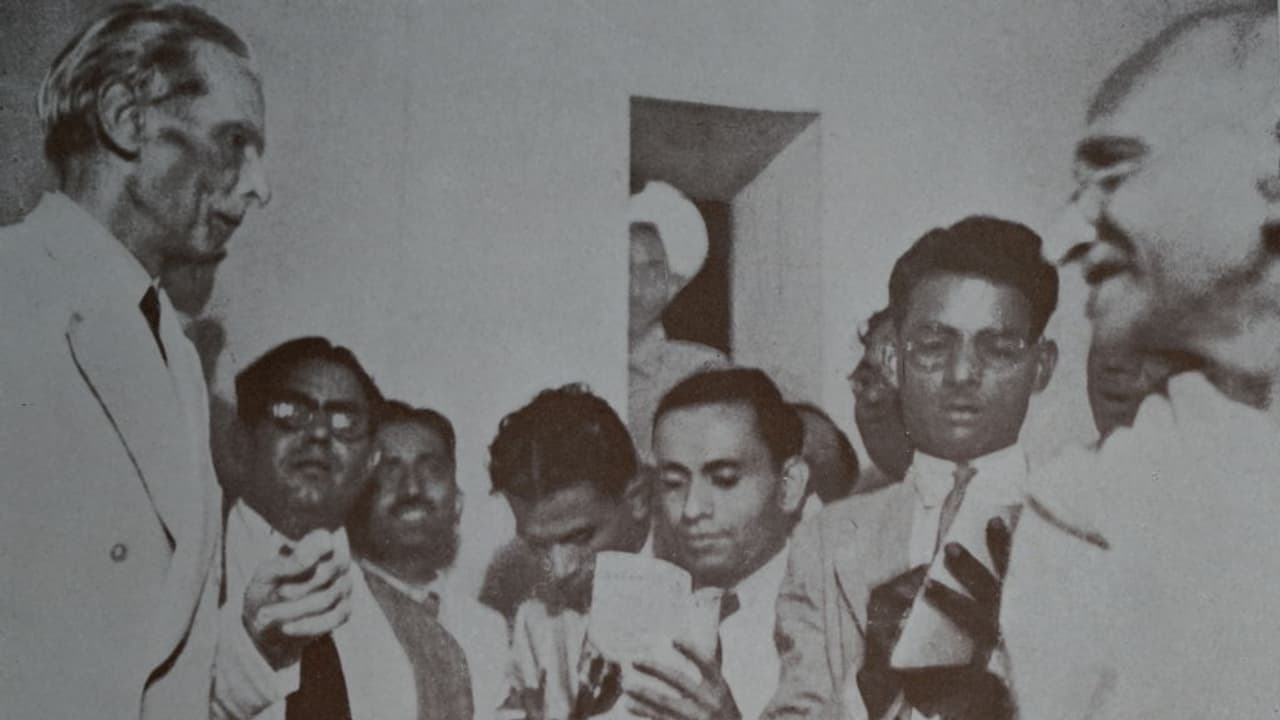
In the run-up to the British departure, two visions dueled to determine the map. If Gandhi had his way, the entire territory of the British Raj would become one nation-state; Mohammed Ali Jinnah wanted Muslim-majority areas, both east and west, to be made a separate country. We all know who won.
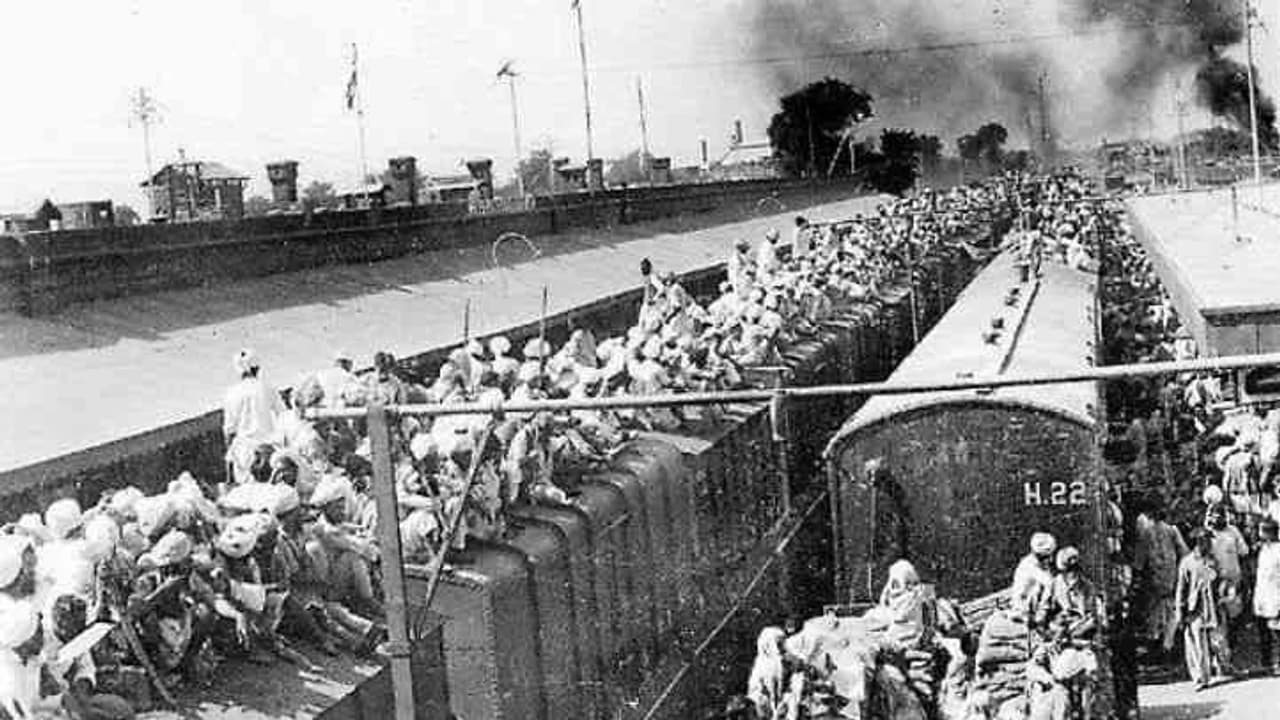
The Partition of 1947 was a symbol of the British Raj in India being dissolved. However, in the process, families on both sides were torn apart and shattered. Along with this disruption of families, there were also wars, casualties and mass migrations that took a toll on the people.
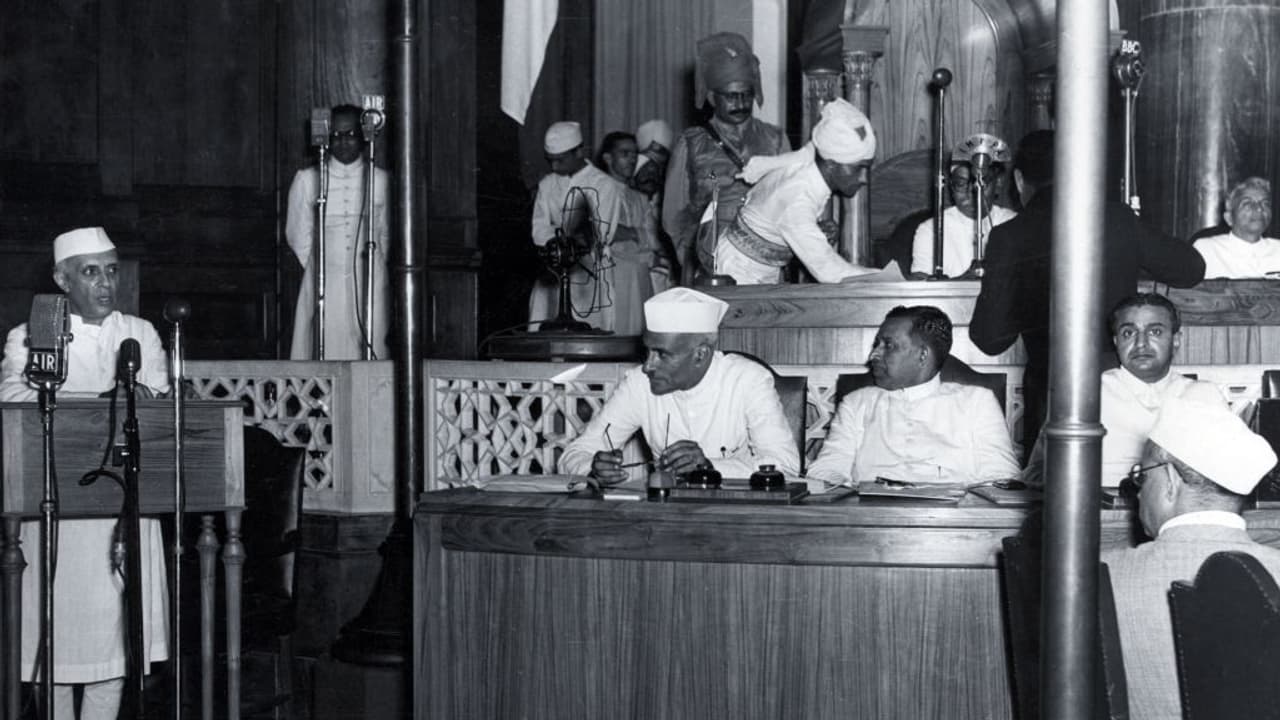
Photograph of Jawaharlal Nehru, first Prime Minister of India, declaring Indian Independence in the Constituent Assembly, Delhi.
You may also like

I-Day in Melbourne disrupted: Indians come face to face with Khalistan 'goons' - confrontation caught on cam

Explosion at Russian weapons plant kills five ahead of Trump-Putin summit

Rio Ferdinand immediately U-turns on his 1-20 Premier League final positions prediction

'My entitled neighbour kept stealing my packages but I got epic revenge'

Katie Price's sister Sophie furiously slams neighbour as husband's van is 'targeted'







